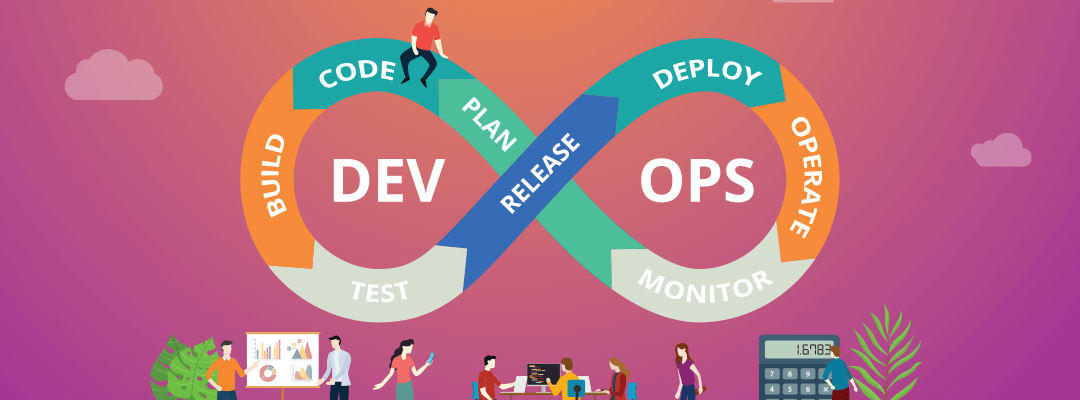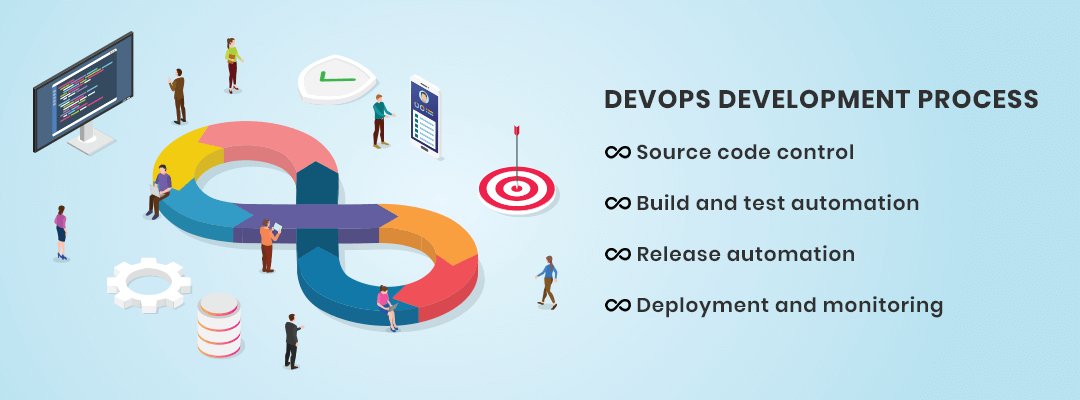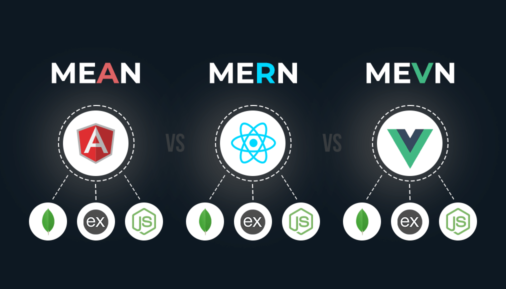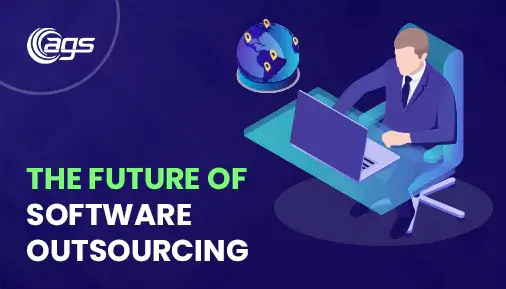Have you ever wondered how software companies build software? First, there’s a development team that designs applications and writes code to specify product actions. Then the written code is deployed to an IT operations team consisting of release engineers, database servers, or network administrators. The operations team then runs the code in product servers and scans for errors and problems with coding.
And if a problem is found the code is redeployed with changes to the development team.
The software that developers made may not perform well in IT operations. This conflict is known as the wall of confusion between the developers and the operations team. In this traditional way of organization, both teams work separately with different goals in mind. To overcome this wall of confusion the software community came up with a solution called DevOps.
What is DevOps?
DevOps is an organizational approach that combines the development teams and the operational teams together. This way they are able to work seamlessly together because they are integrated to be able to build out solutions that are being tested in a production-like environment simultaneously.
DevOps enhances productivity, by automation and constantly measuring application performance. It aims to shorten the software development process. Instead of writing whole software, DevOps enables the developers to write small chunks. The immediate feedback and simultaneous monitoring improve the workflow with fewer mistakes.
Workflow of DevOps:

A typical workflow of a DevOps team is called continuous delivery. There are 8 stages of the continuous delivery process:-
Stage 1 PLAN: In the plan stage business owners and software development teams discuss their goals and create a plan.
Stage 2 CODE: Programmers then design and code the application and use tools like git to store application code.
Stage 3 BUILD: Build tools like Maven and Gradle, take code from different repositories and combine them to build the complete application.
Stage 4 TEST: Application is then tested using automation tools like JUnit and Selenium to ensure software quality.
Stage 5 RELEASE: When testing is complete, new features are integrated automatically into the already existing codebase.
Stage 6 DEPLOY: Application is packaged after release and deployed from the development server to the production server.
Stage 7 OPERATE: Once the software is deployed, the operations team performs activities such as configuring servers and provisioning them with the required resources.
Stage 8 MONITOR: Monitoring allows IT operations to identify specific issues of specific releases and understand the impact on end-users.
Benefits of DevOps:
- DevOps is an excellent methodology for swift advancement and arrangement of softwares. The time to create and deliver software is dramatically reduced. It reacts quicker to the market changes to further business development.
- The complexity of maintenance is also reduced because you are automating and scripting out the entire process.
- You are improving the communication between all your teams so the teams don’t feel like they are in separate silos.
- There is continuous integration and continuous delivery so that your consumer is constantly satisfied.
- In DevOps, you plan for any failure in deployment rollback due to a bug in coding or an issue in production. DevOps is well equipped for minimizing the recovery time.
Disadvantages of DevOps:
- Organizational challenges: Companies following traditional models will find it difficult to incur substantial changes of DevOps in one go. It will be difficult due to organizational learning and change.
- Processes: If the DevOps system is not implemented properly, speed with which feedback is requested and responding changes are made can backfire.
- Technology: people often relate DevOps with automation. Although automation helps in evaluations that improve the system and increases speed. it can have unintended consequences.
DevOps Development Process:

There are a ton of associations that are developing and aware of the speed of utilizing usable network impacts, instruments, and other DevOps measures. One needs to maintain existing software and gradually make changes based on new versions.
The process is as follows:-
Source code control
Update your system version that can be delivered swiftly.
↓
build and test automation
clear your new system version from any issues.
↓
release automation
One can automate and associate the task Performed by several teams.
↓
deployment and monitoring
Use control to deploy a version of the system using the production environment.
Maintain the current application and gradually make changes working on new versions. The team needs a comprehensive set of tools that can include:
Github for Source Control Management
Jenkins for Continuous Integration
Nagios for Alert Management and Monitoring
Docker for Container Management and Orchestration
Elasticsearch for Log Analytics
Icinga for Distributed Monitoring
Chef for Configuration Management
Auxano Global Services is a web design and app development company. The company specialises in design, development, and marketing solutions. They offer cutting-edge solutions that can help organisations achieve their goals by combining our superior services. We is a group of analytical innovators and creative engineers who use lessons learned from one industry to generate transformations with a strong business context.





